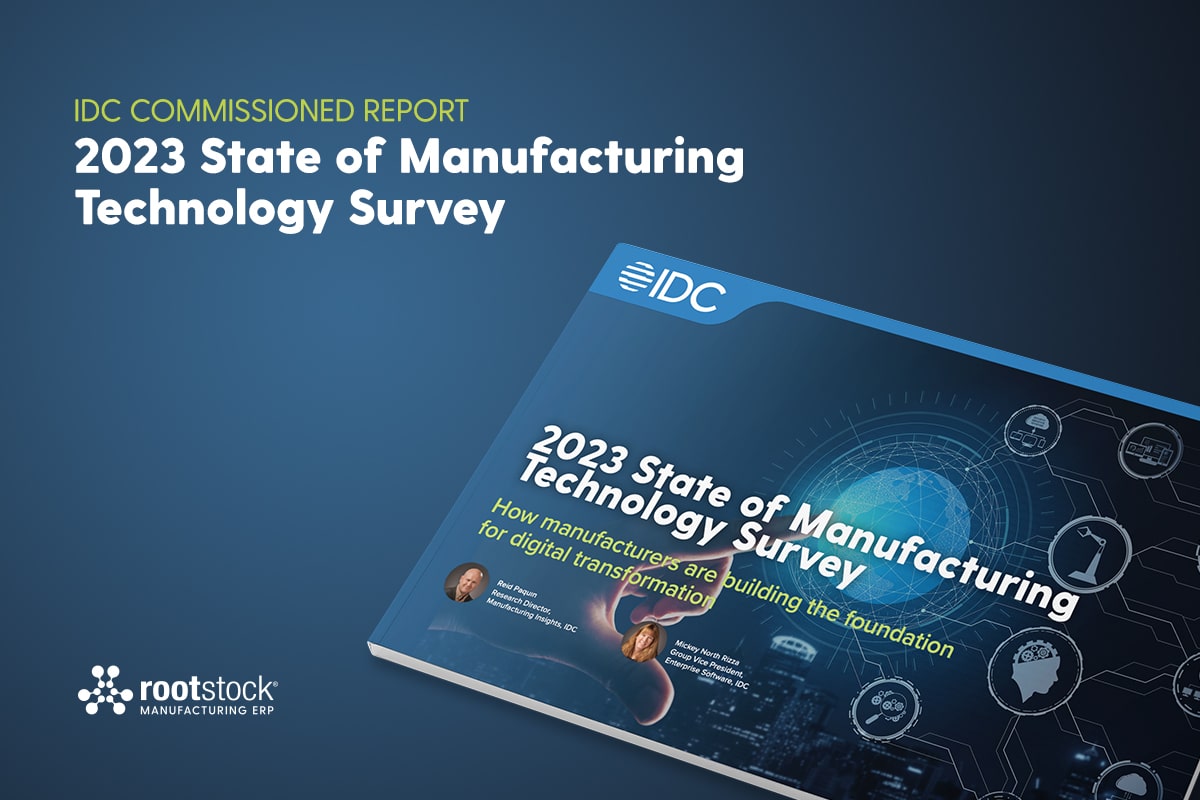Part 1: This is Your Wake-Up Call
I imagine you’ve heard the term “tipping point” and have a good idea of what it means. But did you know that it probably originated as a way to describe when an infectious disease can no longer be locally controlled and is about to spread more widely?
Now, I don’t know anyone who openly calls cloud computing an infectious disease (although I suspect more than a few hardware and on-premises software vendors wish they could find a way to eradicate it), but we have definitely reached a tipping point in cloud adoption, especially among large companies and manufacturers.
Here’s some evidence of that…
- To service existing cloud customers and prepare for new ones, the three leading cloud providers – Amazon Web Services, Microsoft Azure, and Google Cloud – are spending about $30 billion each year on data centers.
- American Airlines recently announced that it is migrating a portion of its critical applications – including its customer-facing mobile app, global network of check-in kiosks, Cargo customer website, and more – to the cloud.
- Last year, in a survey of 360 senior execs published by the Intelligence Unit of The Economist, the majority was sure that cloud would be a “major” factor in manufacturing – touching every stage of the value chain – within a few years.
- In the June AlphaWise/Morgan Stanley CIO report, 100 CIOs surveyed expect that 46% of their workloads will be cloud-based within three years, while 34% will remain on-premise. Spending with “traditional” vendors like IBM, HPE, and Oracle will fall accordingly.
Beware of Vendors Bearing Hybrid Cloud Gifts
There’s a lot of talk right now about “hybrid IT” or “hybrid cloud.” A lot of that chatter, though, is coming from the vendors who have the most to lose if pure, public cloud implementations spread. So you have to consider the source.
To be a little more blunt about it, you should look at hybrid cloud as a stalling tactic to ease the angst of IT and delay the decline of revenues from hardware and on-premise software. But it will place unproductive constraints on your cloud progress and put you at a distinct business disadvantage relative to any manufacturer that fully embraces public cloud. And that’s happening with increasing frequency.
Here’s another reason to embrace the public cloud: it will be better for you and your career. Right now, if you’re completely on-premise, you’re managing plumbing. Shifting to cloud will free you and your team to engage in activities that deliver measurable business value. As cloud and IoT and other IT shifts gain momentum, which of those positions do you think will be held in higher esteem by your organization?
Move Now, But Move Carefully
Turning to established vendors could feel comfortable, but some of them are trying, with varying degrees of success, to play catch up in the cloud market, which is dominated by Amazon, Google and Microsoft. This doesn’t mean that other vendors can’t provide value or get the job done. But it does mean you have to understand exactly what you need to accomplish and then be sure to review your options thoroughly.
In my next post, we’ll take a closer look at what this accelerating move to public cloud means for you, personally, and for your IT team.






